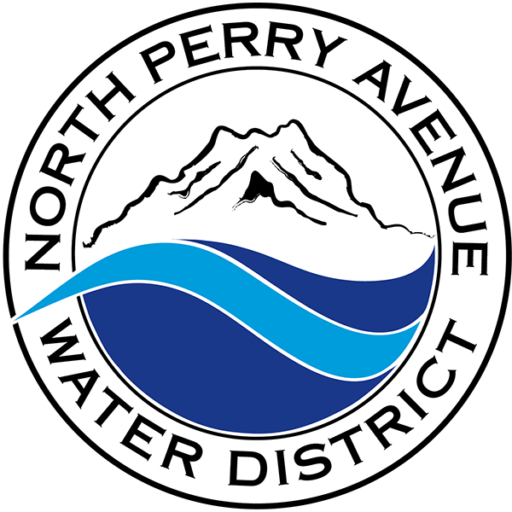Waterloss Culprits

Toilets
Are the number one cause of indoor water loss. A stuck/open flapper can be caused by a bound up chain connecting the toilet flush handle or the flush handle getting stuck in the down position, resulting in a potential water loss of 200 gallons per hour.
If the float is set too high, water will run down the overflow tube in the toilet tank. A tube that is 1/4 inch in diameter wastes 7,200 to 8,640 gallons per day.
To test your toilet for loss, place 5—6 drops of food coloring in the tank and wait about 10 minutes without flushing, then check the toilet bowl. If the dye color shows in the bowl, you may have water loss.
Faucets
A slow drip can result in water loss of 5—10 gallons per day per faucet. A fast drip can result in water loss of 20—30 gallons per day per faucet. A slow stream can result in water loss of 3,000 gallons per month per faucet.
Irrigation Systems
An unattended water hose for 1 night at a flow of 10 gallons per minute results in water loss of 5,400 gallons. A missing irrigation sprinkler head (1/2 inch diameter) wastes 14,440 to 17,280 gallons per day and 433,200 to 518,400 gallons per month.
An irrigation system at 60 psi that has a leak 1/32nd of an inch in diameter (about the thickness of a dime) can waste about 6,300 gallons of water per month.
Water Responsibility
From source to tap, a partnership exists between the District and its customers, one which carries a responsibility for each along the delivery system. The purpose of this article and picture below is to call to attention where the lines of responsibility begin and end.
District Responsibility
The District is responsible for water quality, maintenance and operation of the system from the source of supply to the end of the distribution network. The distribution network ends at the point where the water meter connects to the residential service line.
Customer Responsibility
The responsibility for water usage shifts from the District to the customer once the water has passed through the meter and entered the customer service line. To comply with its water quality responsibilities, the District may also require a property to install a backflow prevention assembly on the property side of the meter. The assembly helps the homeowner meet its obligation of not cross-connecting a non-potable source of water with the District’s potable supply.
